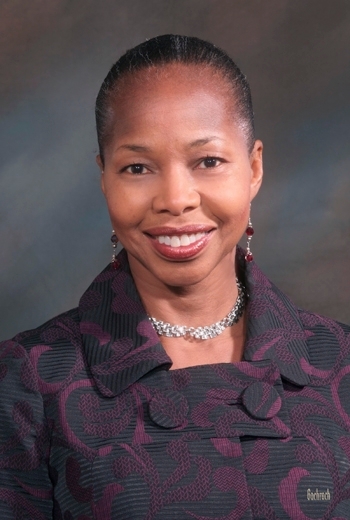
For the fifth consecutive year, the Massachusetts Medical Society’s annual Physician Workforce Study has found shortages in primary care, with roughly half of practices closed to new patients and wait times averaging 29 days for family doctors and 53 days for internists.
The survey also found that community hospitals are most seriously affected by the shortage, struggling to fill vacancies and to retain doctors and having to alter services and change staffing patterns. The problems extend all across the state, except for the Boston area.
Dr. Alice Coombs, president of the society and a critical care specialist at South Shore Hospital, answered questions about the survey and its implications for health care in Massachusetts.
PBN: Why does the Massachusetts Medical Society do this study?
COOMBS: The study is conducted to determine if there are physician work force shortages across the Commonwealth and/or in specific areas of the state. A strong physician work force is critical to ensuring access and delivering top-quality and cost-effective care. We have major concerns about physician shortages, especially internal and family medicine doctors. Shortages in primary care and in other specialties affect access to care for patients. The shortages at hospitals across the state, particularly in the regions outside of Greater Boston, are also troublesome. It is essential that we constantly evaluate the impact of state and federal policies on actual patient access. The study permits us to gauge negative or positive impact on practice viability and, therefore, patient access.
PBN: The news on primary care access is mixed, with fewer family doctors taking new patients, but more internists doing so, and two-thirds or less of primary care doctors accepting Medicaid. What are the implications for patients?
COOMBS: This indicates continued difficulty in accessing primary care in a physician’s office. According to our practice environment index, emergency room visits are increasing, due in part, we believe, to physician shortages. Patients make choices about where they see a provider when there are barriers to clinical care, such as going to the ER for non-emergent conditions during the 9-to-5 time period.
Primary care doctors are an important link to the health care system for patients to access preventive care and specialists. If shortages continue, maintenance of chronic diseases – which are rapidly increasing – may suffer. Primary care physicians are responsible for not only treating diseases but for preventive medicine screening and care coordination, which require time and resources. These services add to physicians’ overhead and need to be considered in evaluating how much we reimburse primary care physicians.
Physician reimbursements, especially from Medicare and Medicaid, must be adjusted, because it’s critical for the financial viability of medical practices. That’s also why the issue of payment reform is so important.
PBN: Why are community hospitals in particular having such difficulties?
COOMBS: The Boston area and its academic institutions provide more opportunities for physicians in practice, research and teaching, and so attract more physicians. Also, some community hospitals continue to struggle financially, creating a concern for potential new hires. In the community setting, nearly 63 percent of private practices have just one or two people. Work is distributed over fewer physicians, and yet the cost of doing business is comparable to the Boston area. Physicians are forced to choose to leave private practice and work as a hospitalist, administrator, or in the case of internal medicine, choose to do a fellowship.
PBN: In a bit of good news, for the first time, more physicians said they were satisfied with the practice environment than not – but just barely, a 43-to-41-percent split. Do you think conditions are improving for doctors in Massachusetts at all, and if so, how?
COOMBS: The narrow margin indicates that this is too close to previous years to define it as a change. Our most recent practice environment index declined again – for the 16th time in 18 years – indicating that the practice environment still causes concern. A good practice environment is crucial to recruitment and retention, and our work force studies over nine years have shown difficulty in getting and keeping doctors.
PBN: Massachusetts is in an unusual position: While across the U.S., providers, insurers and consumers are just beginning to deal with health care reform, this state has already done a lot of the work. Do you expect federal reform to have a major impact on you?
COOMBS: Yes, we do think it will have a big impact, and yes, there is anxiety, especially with regard to what might happen with state payment reform – a critical issue for physicians. We believe payment reform must be voluntary and start with pilot programs to test unintended consequences. We must also have the right infrastructure in place, such as computer systems. Transparency must exist across all participants. Comprehensive data from the payers must be available, and risk adjustment must be done properly. Finally, physician involvement and leadership are key to a successful transition.
The full survey results are posted at www.massmed.org.











